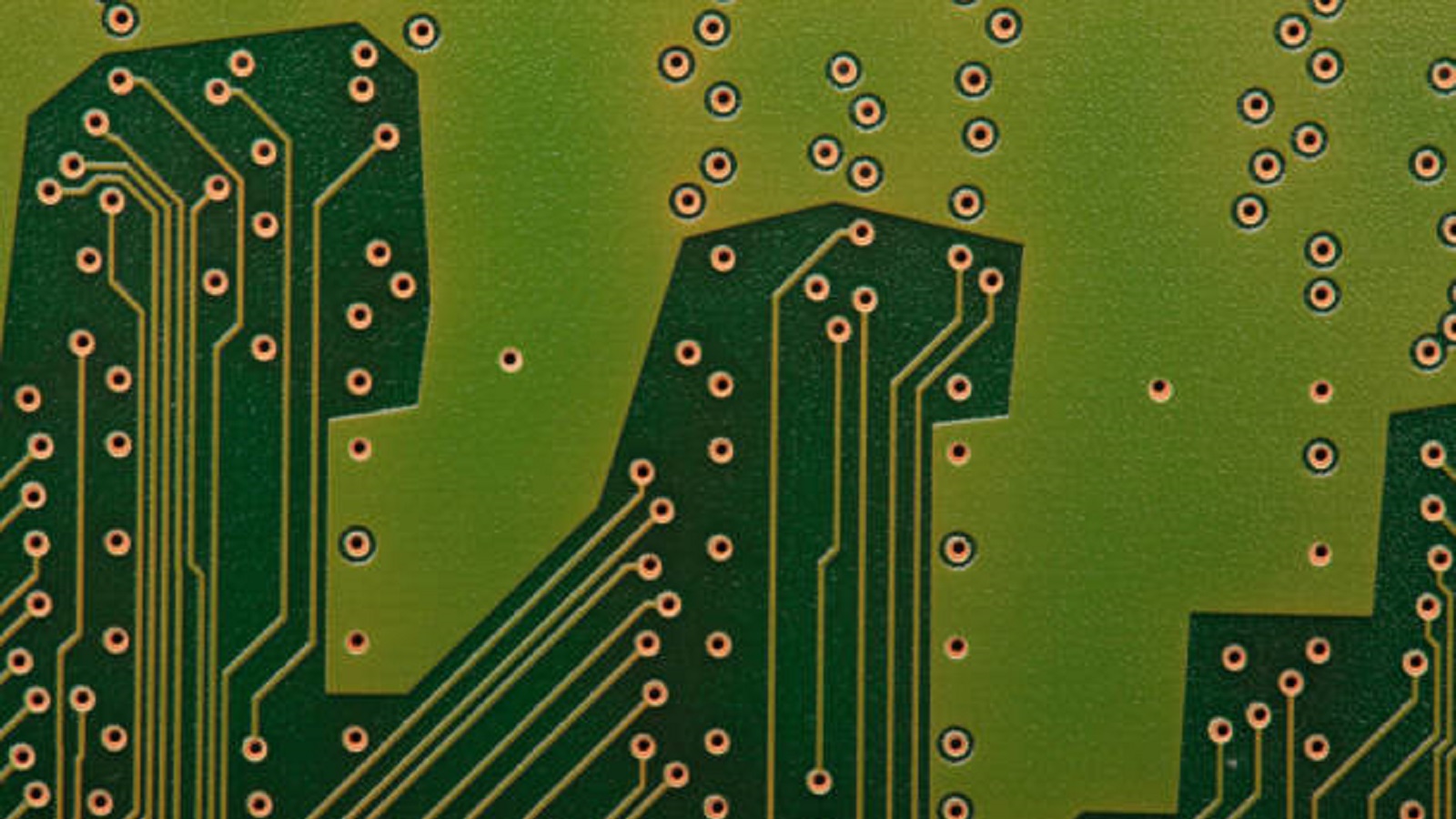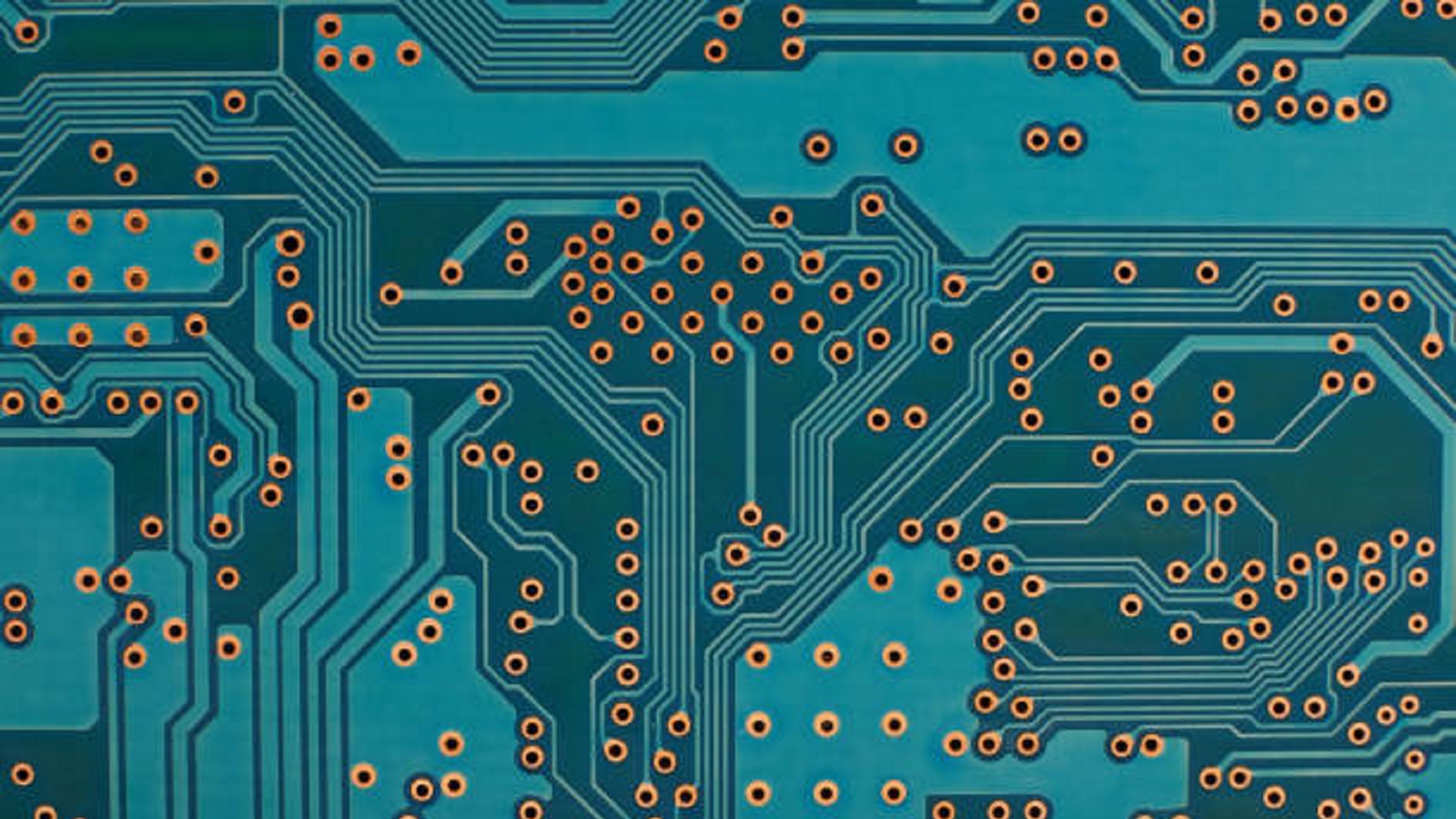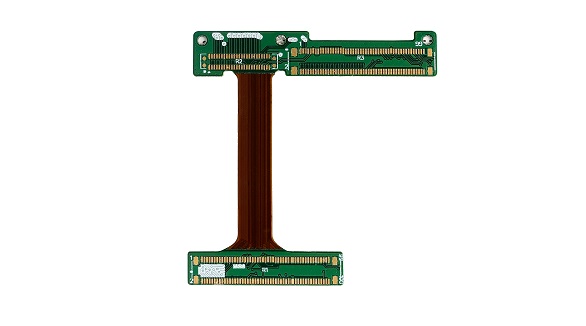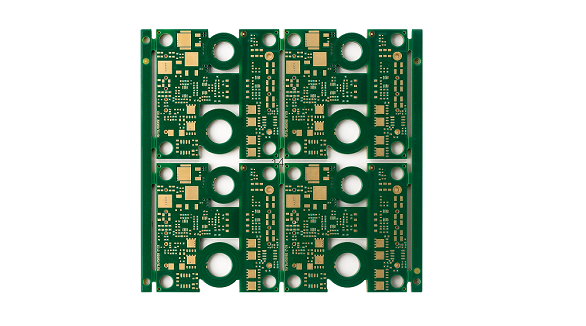What are Bare and Zero PCBs?
Bare PCBs are unpopulated boards for component assembly. Zero PCBs, used for prototyping, allow custom designs. Both serve different roles in electronics.
Printed circuit boards are the building blocks of electronic devices, integrating many components into a coherent, useful whole. The nuances of other printed circuit board types, such as bare and zero PCBs, require a more thorough explanation in order to fully understand their intended and applied nature. Each of these types will offer different qualities that are crucial at different stages of research and manufacturing. Next, the definition, properties, and applications of bare and zero PCBs in the electronics industry are discussed.
What is Bare PCB?
A bare PCB, also called a blank PCB, is the most basic form of a printed circuit board: just an unpopulated framework without electronic components soldered onto it. Other names for this version are a bare printed circuit board or an empty circuit board, which consists of just some very basic elements a PCB is normally made of: substrate, copper foil traces, solder mask, and often a silkscreen.
Important Features of Bare PCBs
Substrate Material: Usually composed of glass fiber reinforced epoxy resin, the substrate material offers a mechanical foundation for overall structural stability.
Copper Traces: Which are paths that outline the routing for the components that will be inserted by tracing electrical connections across the circuit board blanks.
Solder Mask and Silkscreen: It masks the surface to avoid solder bridging and also for causing a short circuit, while silkscreen is used for labeling components and their respective connections.

Role and Manufacturing
Bare PCB manufacturing is an important process where the board gets ready for successive processes, which may include electronic component assembling and soldering. The bare PCB provides the background circuit board layout on which the electronic components such as resistors, capacitors, and ICs are mounted.
Testing Bare Boards
There exist two very important tests to check electrical integrity of a bare PCB prior to assembly. There would be testing of Shorts, open circuits, and defects by using some of the following methods.
Flying Probe Test: In this test, movable probes contact test pads and vias; thus, allowing flexibility and adaptability across diverse blank PCB designs.
Bed-of-Nails Fixture Test: Hundreds of probes are employed in a specialized test fixture that precisely matches the PCB's net. For prototypes or low-volume products, each design change necessitates modification and reduces process flexibility.
What is a Zero PCB?
The zero PCB, also called a Perfboard or DOT PCB, presents the user with readiness for prototyping and experimenting. Unlike a bare PCB board, which is supposed to fit specific purposes, this kind of board-a zero PCB-offers a blank slate devoid of predefined connections, enabling engineers to create and test designs of custom circuits.
Key Characteristics of Zero PCBs
Grid Pattern Holes: A number of small holes are on the board in a grid, which electrically are isolated from one another. Via these openings, it allows for easy insertion of components, subsequential custom routing using wires and soldering.
Copper Traces or Pads: Even though the board has a layer containing copper traces, they are unconnected, thus offering full flexibility in the establishment of desired electrical paths.
No Solder Mask, No Silkscreen: The zero PCB, with no features, provides maximum customization potential similar to a breadboard and thus allows free play with circuit designs.

Applications and Benefits
Zero PCBs serve best for prototyping in which a developer is able to test and try out multiple circuits with minimal cost quickly before moving on to the final PCBs. Their flexibility extends their utility in design verification and educational purposes, since they provide hands-on learning in the most realistic way possible and for circuitry study.
Comparing Bare with Zero PCBs
Though they are both types of blank printed circuit boards, bare and zero PCBs have different uses and functions.
Use and Goals: Zero PCBs are versatile prototype platforms, whereas bare PCBs are meant to be used for particular design implementation and eventual populated with components.
Design Features: Bare PCBs have some design features like solder masks, silkscreen, etc., which zero PCBs do not contain for end-use functionality.
Flexibility: Zero PCBs will provide ultimate customization in the creation of non-permanent connections, while the bare PCBs are fabricated on pre-defined pathways of circuits.
Conclusion
In the realm of electronics, both bare and zero PCBs have vital functions. A circuit board that is empty and devoid of attached components is referred to as bare PCB. As the structural and electrical foundation, they would be prepared for use when components were first assembled on them. Testing is done by strictly observing the design specifications; therefore, a reliable base on which to assemble functional electronics.
On the other hand, zero PCBs are the boards employed for creative design and prototyping, allowing for versatility not given by any other board in exercising new circuit configurations. For engineers who must test and improve an electrical concept before putting it on production boards, they stand for the flexibility that is essential.
Having this knowledge makes it possible for both amateurs and experts to select the best PCB type for their requirements and utilize it appropriately. As a company specializing in PCBs, PCBX is dedicated to the promotion of innovation and development through excellence in bare printed circuit board manufacturing by providing robust products to meet various needs.
Hot Tags:
Contact us

If you can't find what you're looking for, please contact us.
Article

Flex PCBs fit into devices, saving space, while Rigid-Flex PCBs combine flexible and rigid parts, ideal for varied applications. PCBX offers custom designs, rapid prototyping, and high-quality manufacturing.

Choose between single-layer or multi-layer PCBs based on your project's needs. Single-layer is simpler and cost-effective; multi-layer offers complex functionality and durability. Evaluate based on functionality, size, durability, budget, and turnaround time.

Most electronic circuits are mounted on PCBs, or Printed Circuit Boards, which provide mechanical support and electrical interconnection of electronic components. There are, however, special applications that involve the use of single and double-sided PCBs, multi-layer PCBs, or even rigid and flexible PCBs with aluminum backing, targeting medical, industrial, auto, and aerospace industries. They may use materials such as fiberglass, epoxy, aluminum, and others.